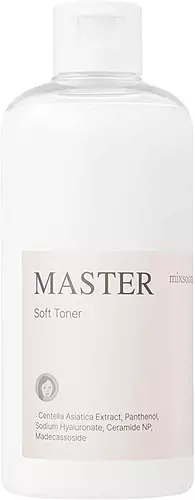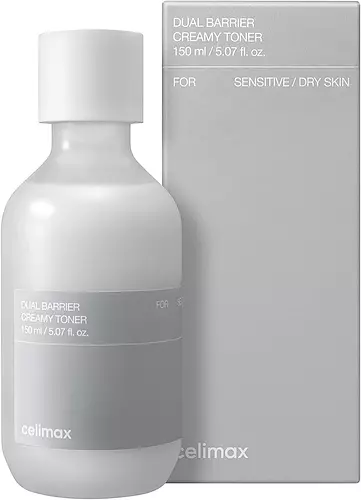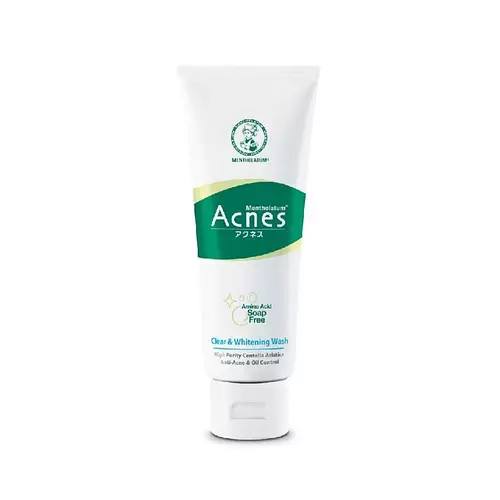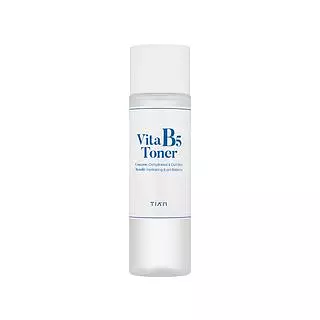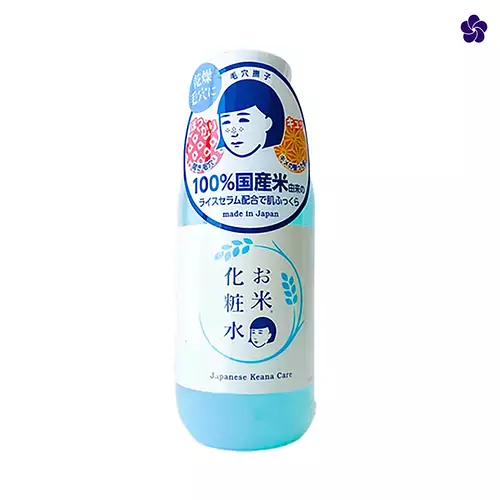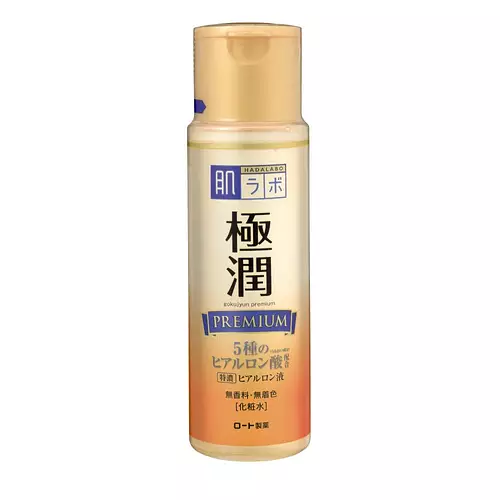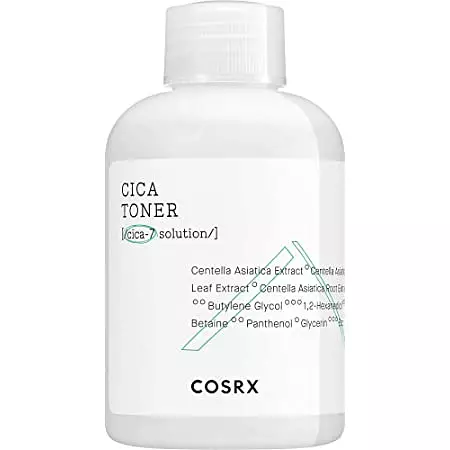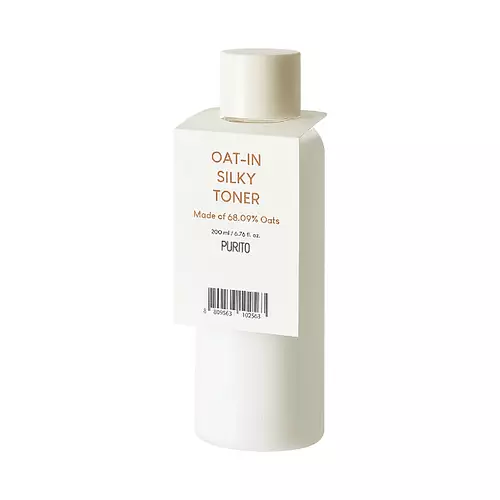Hada Labo Gokujyun Premium Lotion Versus Mixsoon Master Soft Toner
Updated on May 09, 2024
Overview
What they are
These products are both reef safe toners. They have a total of 4 ingredients in common
Cool Features
They both contain hyaluronic acid
Suited For
They're both likely to be good for dry skin
Free From
They both do not contain any harsh alcohols, common allergens, oils, parabens, silicones or sulfates
We independently verify ingredients, and our claims are backed by peer-reviewed research. Spot a product that needs an update? Let us know.
Ingredient Info
Hada Labo Gokujyun Premium Lotion 35 ingredients
Mixsoon Master Soft Toner 18 ingredients
At a glance
Click on any of the items below to learn more
Hada Labo Gokujyun Premium Lotion 35 ingredients
Mixsoon Master Soft Toner 18 ingredients
Benefits
This product contains 1 ingredient that may have this attribute:
Concerns
This product contains 1 ingredient that may have this attribute:
This product contains 1 ingredient that may have this attribute:
This product contains 1 ingredient that may have this attribute:
Benefits
This product contains 2 ingredients that may have this attribute:
This product contains 2 ingredients that may have this attribute:
This product contains 4 ingredients that may have this attribute:
This product contains 1 ingredient that may have this attribute:
This product contains 1 ingredient that may have this attribute:
Ingredients Side-by-side
Ingredients Explained
These ingredients are found in both products.
Ingredients higher up in an ingredient list are typically present in a larger amount.
Water. It's the most common cosmetic ingredient of all. You'll usually see it at the top of ingredient lists, meaning that it makes up the largest part of the product.
So why is it so popular? Water most often acts as a solvent - this means that it helps dissolve other ingredients into the formulation.
You'll also recognize water as that liquid we all need to stay alive. If you see this, drink a glass of water. Stay hydrated!
Learn more about WaterButylene Glycol (or BG) is used within cosmetic products for a few different reasons:
- It is a solvent, meaning that it helps to dissolve other ingredients. This also enhances the absorption of the product into one's skin.
- It is a humectant, which means that it helps attract moisture into the skin.
- It helps improve product application.
Overall, Butylene Glycol is a safe and well-rounded ingredient. It is unlikely to irritate skin, and works well with pretty much all other ingredients.
Sodium Hyaluronate is hyaluronic acid's salt form. It is commonly derived from the sodium salt of hyaluronic acid.
Like hyaluronic acid, it is great at holding water and acts as a humectant. This makes it a great skin hydrating ingredient.
Sodium Hyaluronate is naturally occurring in our bodies and is mostly found in eye fluid and joints.
These are some other common types of Hyaluronic Acid:
Learn more about Sodium HyaluronateWe don't have a description for Diethoxyethyl Succinate.
Ingredient Ratings
Here's what our community thinks of the ingredients in these products.
When to use
Hada Labo Gokujyun Premium Lotion 35 ingredients
Mixsoon Master Soft Toner 18 ingredients


Reviews
Here's what our community thinks
Hada Labo Gokujyun Premium Lotion 35 ingredients
Laila
I will never shut up about how good this product is!
Literally so simple yet so effective as i used it when my skin barrier was damaged and it...
I will never shut up about how good this product is!
Literally so simple yet so effective as i used it when my skin barrier was damaged and it literally worked like bob the builder.
kawaiidesuwu_683
not bad!
it kinda just made my skin sticky but worked as a great base under makeup! made my skin feel kind of hydrated

